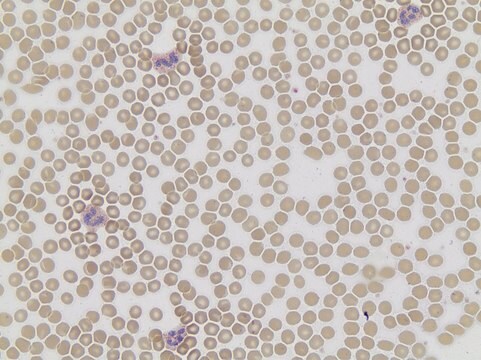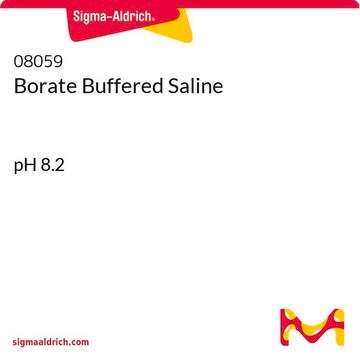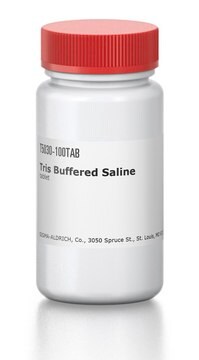B2645
Acide borique
tablet, 1 g boric acid per tablet
About This Item
Produits recommandés
Pression de vapeur
2.6 mmHg ( 20 °C)
Niveau de qualité
Pureté
≥95% (titration)
Forme
tablet
pH
5.1 (25 °C, 1.8 g/L)
Pf
160 °C (dec.) (lit.)
Solubilité
water: 1 tablet/100mL, clear, colorless
Température de stockage
room temp
Chaîne SMILES
OB(O)O
InChI
1S/BH3O3/c2-1(3)4/h2-4H
Clé InChI
KGBXLFKZBHKPEV-UHFFFAOYSA-N
Vous recherchez des produits similaires ? Visite Guide de comparaison des produits
Application
- Effect of Boron Content in LiOH Solutions on the Corrosion Behavior of Zr-Sn-Nb Alloy.: This study investigates how varying boron content in lithium hydroxide solutions affects the corrosion behavior of Zr-Sn-Nb alloys, highlighting the potential implications for materials used in nuclear reactors (Zhao et al., 2024).
- Evaluation of living bacterial therapy assisted by pH/reactive oxygen species dual-responsive sodium alginate-based hydrogel for wound infections.: This research evaluates a boric acid-containing hydrogel for its effectiveness in treating wound infections through pH and reactive oxygen species responsiveness, indicating innovative applications in wound care (Miao et al., 2024).
Reconstitution
Mention d'avertissement
Danger
Mentions de danger
Conseils de prudence
Classification des risques
Repr. 1B
Code de la classe de stockage
6.1D - Non-combustible acute toxic Cat.3 / toxic hazardous materials or hazardous materials causing chronic effects
Classe de danger pour l'eau (WGK)
WGK 1
Point d'éclair (°F)
Not applicable
Point d'éclair (°C)
Not applicable
Équipement de protection individuelle
Eyeshields, Gloves, type P3 (EN 143) respirator cartridges
Faites votre choix parmi les versions les plus récentes :
Déjà en possession de ce produit ?
Retrouvez la documentation relative aux produits que vous avez récemment achetés dans la Bibliothèque de documents.
Les clients ont également consulté
Notre équipe de scientifiques dispose d'une expérience dans tous les secteurs de la recherche, notamment en sciences de la vie, science des matériaux, synthèse chimique, chromatographie, analyse et dans de nombreux autres domaines..
Contacter notre Service technique







